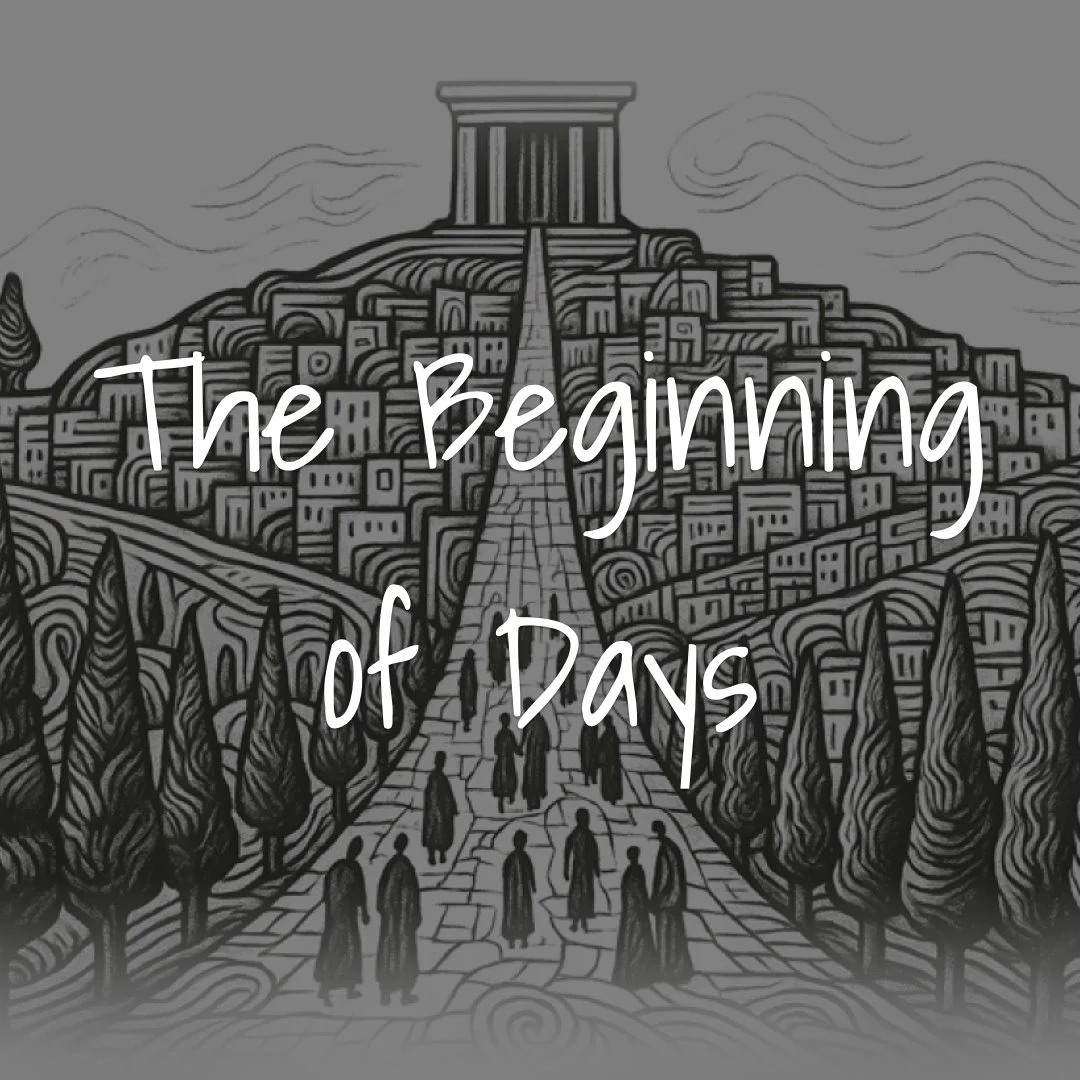
The Beginning of Days
The Beginning of Days explores the biblical and Jewish perspective on time as a purposeful story with a beginning, middle, and end. Unlike the cyclical worldview of the ancient Near East, which saw time as an endless, repetitive cycle governed by fate, the Torah introduces time as linear, intentional, and moving toward a divinely appointed conclusion. From the first evening and morning of creation, God established both time and its measurement through the sun, moon, and stars, setting forth appointed times (moadim) that serve as signs and rehearsals for future redemption. The Sabbath itself becomes a model for the ultimate “Day of the LORD,” a time when the current age of suffering will give way to the age to come—marked by peace, justice, resurrection, and the reign of Messiah. Eden, once lost, will be restored as the climax of history’s story, when humanity’s exile ends and God’s presence fills the earth like the waters cover the sea. In this framework, the end of days is not destruction but renewal: the fulfillment of creation’s purpose and the happy ending to God’s good story.

Like The Days of Noah
This study argues that Noah’s flood is the Bible’s template for the end of the age: just as God once judged a violent, corrupt world yet preserved life through righteous Noah, so the “Day of the LORD” will bring a final reckoning while salvation is revealed through Yeshua (Jesus) to those who repent. Drawing on Jesus’ and Peter’s teachings—and Jewish apocalyptic expectations—it frames history as two ages (this age and the age to come), with repentance as the decisive response; like Nineveh, judgment can be averted, but like Noah’s generation, indifference invites disaster. It contends that being “left behind” in Jesus’ sayings means spared for the kingdom, while the ones “taken” are removed for judgment. The essay also weaves in Second Temple traditions about the Watchers/Nephilim imprisoned in the Abyss until the end, Satan’s eventual binding, and a brief period of unleashed chaos before God’s kingdom is established. The ark thus prefigures rescue through Messiah: repentance (teshuvah) is not mere belief but turning from evil to justice and mercy. Overall, the message is urgent and pastoral—learn from Noah and Lot, repent, and build on the Rock before the flood of judgment comes.

The Day and the Hour
This lesson argues that the end of days centers on God keeping His covenant with Abraham—making his offspring a great, blessed nation in the land of Israel forever—and that history is a “board game” contested by God and the adversary: God gathers and secures Israel under a restored Davidic kingdom, while the adversary deceives the nations and pushes Israel toward covenant disloyalty. Scripture and rabbinic voices (e.g., Isa 60:22; Hab 2:3; Sanh 98a; Sukkah 52a) yield a two-track timetable: redemption can be hastened by repentance or arrive in its time if merit is lacking. Within this, Christianity sees the suffering and triumphant figures as one Messiah whose atoning suffering is covenantally necessary before kingdom glory—whether embraced by a repentant nation or enacted through rejection, the cross seals the covenant and resurrection vindicates the King. The storyline anticipates climactic conflict around Jerusalem, the defeat of hostile nations, the permanent inheritance of the land, and the resurrection that preserves Israel’s remnant and fulfills the “uncountable” promise to Abraham. Until the appointed day, the faithful are called to repent, do good, and proclaim forgiveness to hasten the redemption, living in patient trust that God will surely keep His promises.

In the Days of Lot
This lesson traces a consistent biblical pattern: God judges wickedness and spares the righteous—by water in Noah’s day and by fire in Sodom—prefiguring the Day of the LORD. Yeshua pairs these stories to warn that His revelation will interrupt ordinary life suddenly, urging repentance and readiness rather than anxiety over temporal concerns. From Torah and Prophets through apocalyptic writings and the New Testament, Sodom becomes the emblem of judgment, while Abraham’s intercession and the sending of the Twelve (two-by-two) model merciful warning before wrath. Within a Jewish framework, divine justice is balanced and proportionate to revelation (“to whom much is given…”), and final judgment follows resurrection; meanwhile, God’s call is to seek His kingdom with lives of obedience and compassion, remembering Lot’s deliverance—and his wife’s warning.

Signs of the Times
The narrative begins with Abraham’s purchase of the cave of Machpelah—later regarded as a gateway to Eden and resurrection—and moves to Yeshua’s apocalyptic discourse, where He predicted the Temple’s destruction, a period of unparalleled tribulation, and the Messiah’s arrival “immediately after those days” with cosmic signs, the ingathering of Israel, and the resurrection foretold in Daniel. The disciples and early believers understood these events as imminent, interpreting Yeshua’s resurrection as the “sign of Jonah” and believing their generation was the last before the kingdom. When the Messiah did not appear, Scripture explains this not as prophetic failure but as God delaying judgment to extend mercy to the nations, pausing the prophetic timeline until their repentance is complete. Despite the delay, the New Testament’s urgent expectation remains the model for discipleship: to live convinced that the kingdom is near, that the Messiah may come at any moment, and that faith requires rejecting cynicism in favor of active readiness for the redemption still to come.
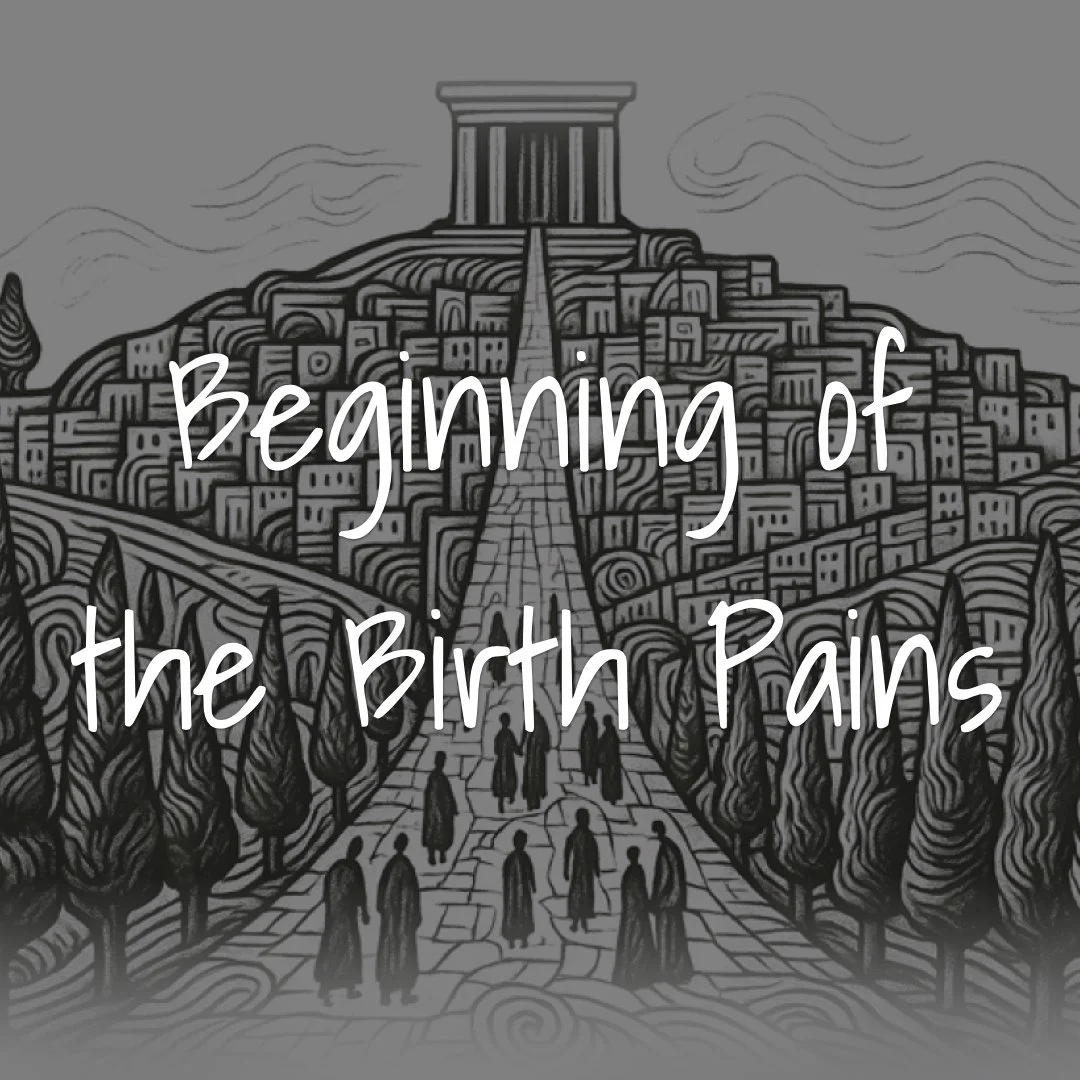
Beginning of the Birth Pains
This study argues that the “beginning of birth pains” for the end of the age began with the destruction of the Temple in 70 CE, when judgment “starting with the house of God” fell on Jerusalem, fulfilling Daniel’s vision of war, desolation, and a flood of calamity. It traces a continuous spiritual conflict from Rome—the fourth beast, linked with Edom, the wild boar, and the “Legion” of demons—through to modern Islam, which now contends for the Temple Mount and, in this reading, auditions as a present-day embodiment of the Beast warring against Israel, Christians, and the West. Jewish apocalyptic texts and rabbinic tradition about Jacob and Esau, this age and the age to come, and the birth pangs of Messiah frame Yeshua’s death, the fall of Jerusalem, and subsequent tribulations as labor leading toward the Messianic kingdom, even though the confrontation with Rome unfolded through His crucifixion rather than immediate political victory. The gospel is presented as conditional good news that could have brought the kingdom swiftly had Israel repented, but instead led to exile and a delayed redemption while God extends mercy to the nations. Revelation 12 is then read as a behind-the-scenes vision of first-century history—Israel as the radiant woman in labor, the Messiah as her child, Rome/Satan as the dragon—and as a map of the ongoing “wrath of the dragon,” in which, until the final redemption, Satan continues to wage war against both the Jewish people and the disciples of Yeshua.
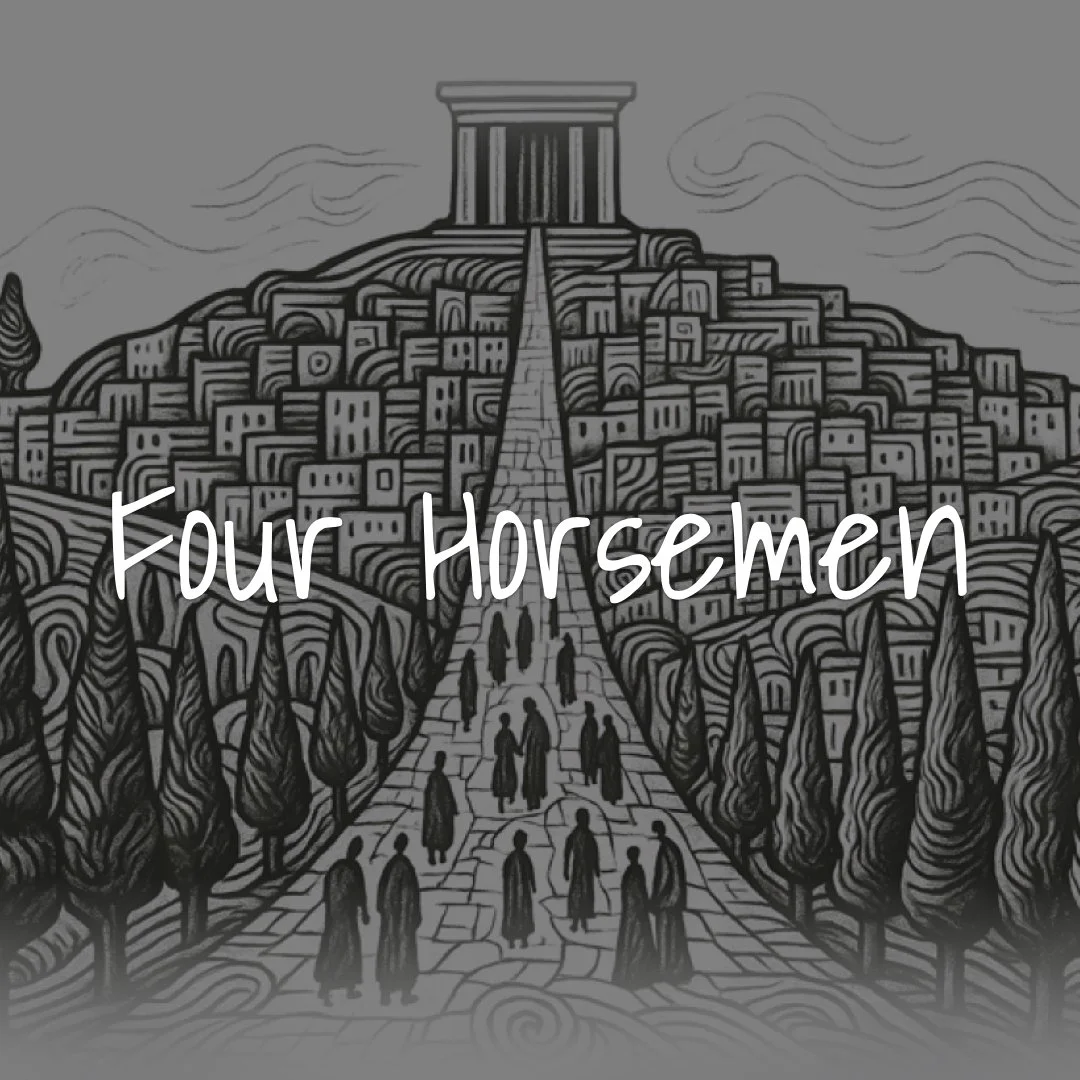
Four Horsemen
This study interprets Jeremiah’s “time of Jacob’s trouble” and Yeshua’s “beginning of birth pains” as a season of unparalleled tribulation for the Jewish people—prefigured in Jacob’s exile, realized in Israel’s Assyrian/Babylonian and Roman exiles, intensified in the Holocaust, and moving toward final redemption in the modern return to the land. It traces how exile (galut), Diaspora, and redemption (ge’ulah) form the core biblical story arc, with the Messiah as Redeemer who ends exile, gathers Israel from the four corners, and establishes the kingdom of God. Jewish apocalyptic and rabbinic interpretations link Jacob’s ladder, Hosea’s four beasts, four angels, four winds, and four corners of the earth to Daniel’s four empires and their angelic princes, setting the stage for the four horsemen of Revelation—conquest, war, famine, and death—understood as God’s covenantal judgments seen vividly in the first-century Roman conquests, Jewish War, famine, and massive loss of Jewish life. The seven-sealed scroll in Revelation represents the withheld plan of final redemption, which only the slain-and-risen Lamb can open, unleashing these horsemen as early contractions in the messianic birth pangs; believers now live in the “little while longer,” watching the continuing “Jacob’s trouble” and global turmoil while waiting for the remaining seals, trumpets, and final redemption. The episode of four riderless cavalry horses rampaging through London in 2024 is presented not as a definitive prophetic sign but as a striking reminder of Revelation’s imagery and a prompt to discern the times without demanding signs beyond the “sign of Jonah.”
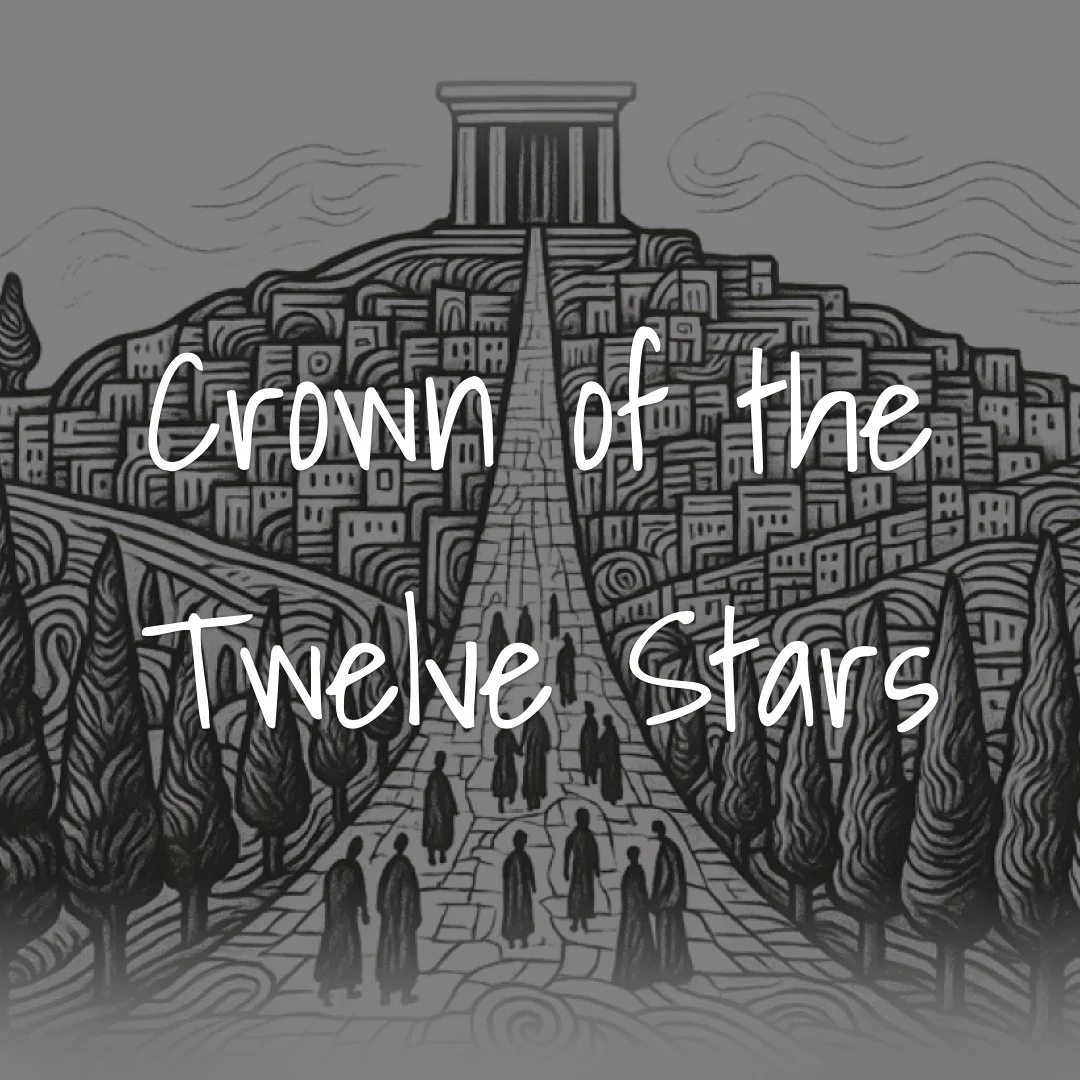
Crown of the Twelve Stars
This study argues that Revelation—and the end times more broadly—must be read in three layers: what was, what is, and what will be, with the “end of days” already beginning in the apostolic era and then pausing until the “fullness of the Gentiles” is complete. Using Jacob’s exile and return, angelic protection, and Rachel’s labor as patterns, it traces Israel’s long, painful history in exile—persecution, Christian antisemitism, the Holocaust—and the modern ingathering through Zionism and the State of Israel as the “first blossoming” of redemption, though not yet the kingdom itself. The woman in Revelation 12, clothed with the sun and crowned with twelve stars, is identified with Rachel/Israel, whose “Son of Trouble” (Messiah’s first coming and ensuing judgment) is also the “Son of the Right Hand” and “Son of Days,” exalted at God’s right hand until His return. As the end-times program resumes, the study expects renewed birth pangs, a Gog-and-Magog conflict, increased global hostility toward Israel and Yeshua’s disciples, and intensified angelic activity—yet promises that, like a mother after labor, Israel’s anguish will be swallowed up in joy when the Messiah who was, who is, and who is to come appears in glory.
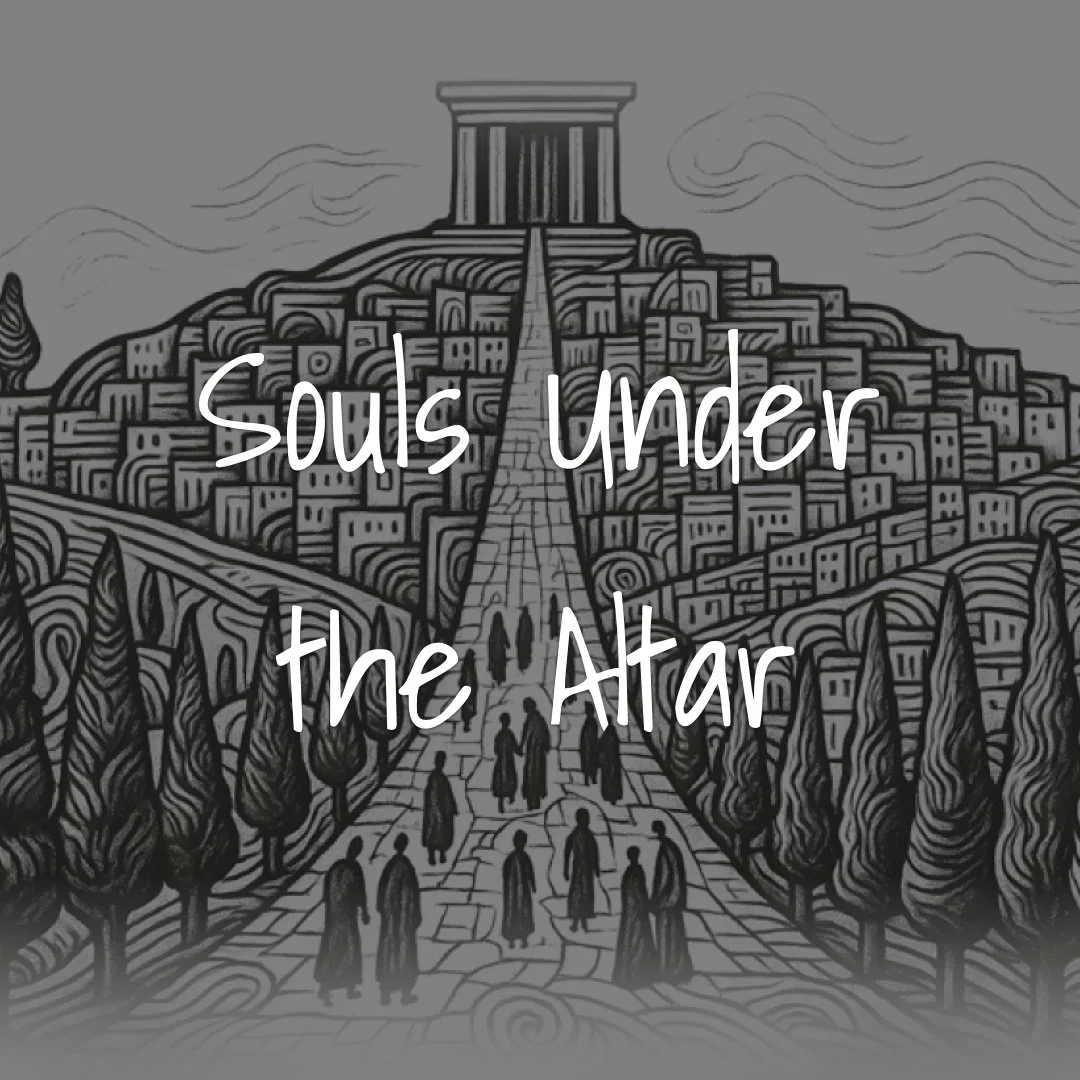
Souls Under the Altar
This study explains that biblical prophecy and apocalyptic visions work like Joseph’s dreams: they are symbolic, flexible, and not a fixed, detailed script of future events, so we know the destination (the Day of the LORD and the kingdom) but not the exact route or timing. It argues that the “end of days” truly began in the first century with Yeshua’s resurrection, the Jewish War, and the destruction of the Temple, and that the program has been “paused” since then—like a VCR stopped mid-scene—at the point of “the tribulation of those days,” awaiting the resumption signaled by the cosmic disturbances of the sixth seal (Matthew 24 / Revelation 6). The heart of the passage is the fifth seal: the souls of martyrs under the heavenly altar, whose poured-out lives are pictured as sacrificial blood at the base of the altar, crying, “How long, O Lord…?” Their suffering, like that of Joseph, Abel, the Maccabean martyrs, and ultimately Yeshua, is portrayed as atoning and covenantally significant, hastening the Day of Vengeance when God will judge their killers and redeem His people. “Word of God” is defined as the gospel message, and “testimony of Yeshua” as courtroom witness that became costly under Nero, Domitian, and later persecutors, shifting “martyr” from “witness” to “one who dies for the faith.” The white robes given to these souls are tokens of future resurrection, not escape from tribulation; Revelation is framed not as a rapture manual but as a call to faithful endurance, even unto death. Drawing on Rabbi Yechiel Tzvi Lichtenstein, the study concludes that the first five seals have already been opened, the martyrs are still being gathered during this “little while,” and once God “presses play” again, the remaining seals will usher in the final upheavals and the coming of the Son of Man.
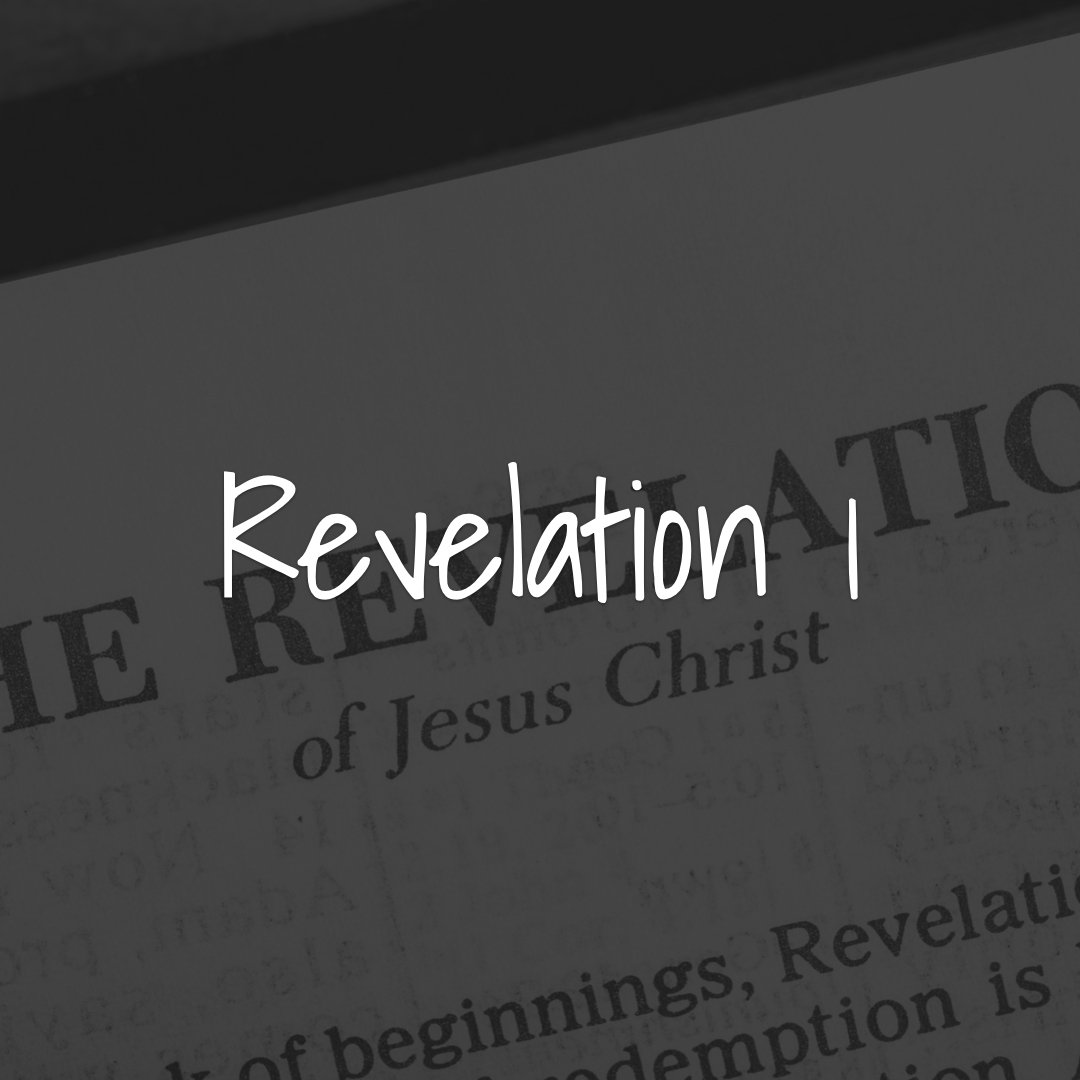
Revelation One
Revelation 1 opens with a powerful introduction, presenting the book as "the revelation of Jesus Christ," a divine message given to John through an angelic intermediary. The chapter sets the tone for the entire book, emphasizing the urgency and importance of the prophetic vision. John, writing from exile on the island of Patmos, describes an awe-inspiring vision of the glorified Christ, who stands as the eternal ruler, the Alpha and Omega, and holds authority over all creation. Christ’s message to the seven assemblies in Asia Minor highlights both their earthly struggles and their heavenly hope, reminding them to endure through tribulation and to remain faithful to the Kingdom of God.
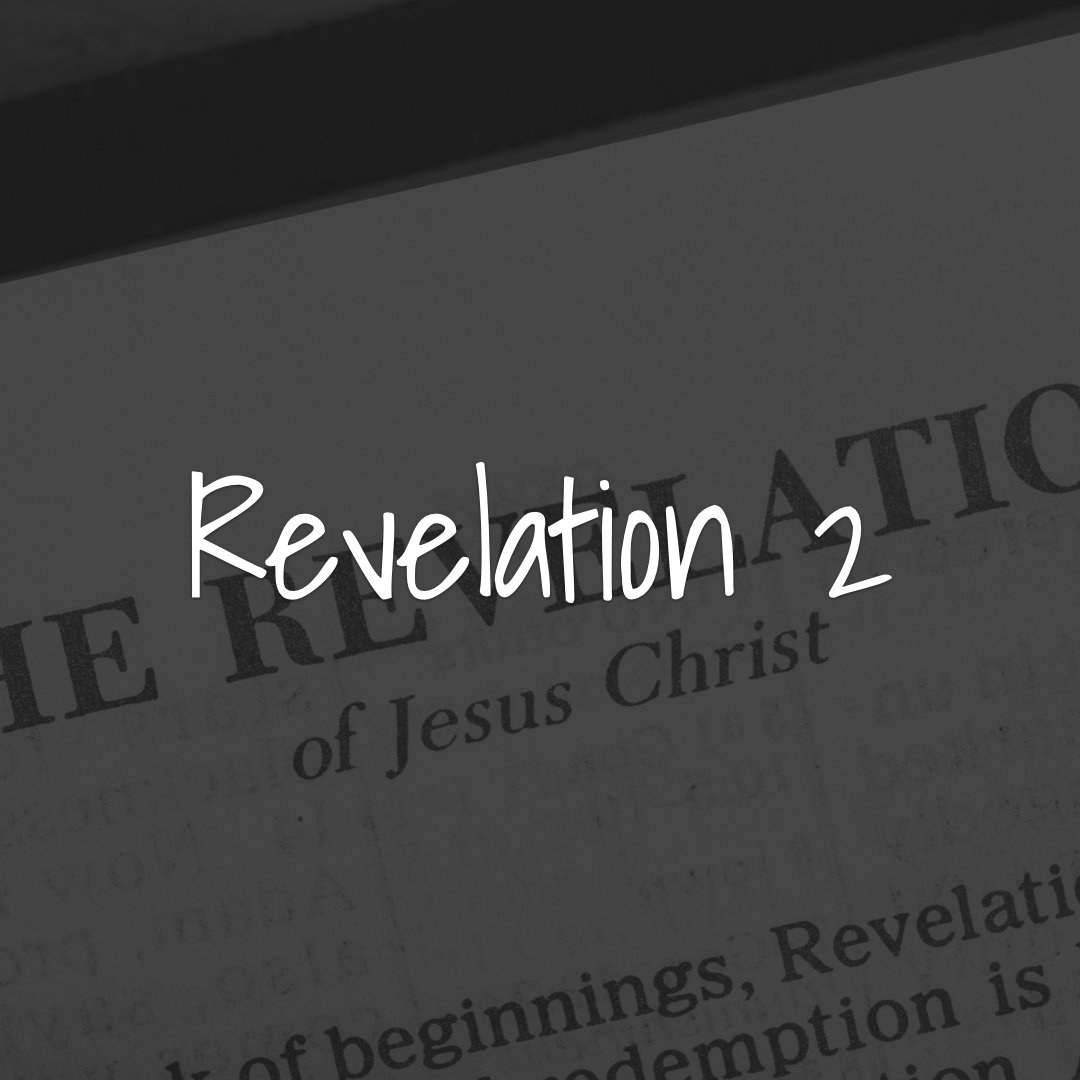
Revelation Two
Revelation 2 addresses four of the seven assemblies in Asia Minor—Ephesus, Smyrna, Pergamum, and Thyatira. Each message is tailored to the specific challenges and strengths of these early Christian communities. Yeshua acknowledges their deeds, perseverance, and trials, praising virtues like steadfastness and faith while calling out areas of compromise, such as tolerating false teachings and moral failures. His words are both encouragement and warning, urging repentance and a return to faithful practice. These messages highlight the importance of authentic deeds (מעשים) that align with faith, promising rewards like the tree of life, the crown of life, and the morning star to those who overcome.

Revelation Three
Revelation 3 continues the messages to the seven churches, focusing on Sardis, Philadelphia, and Laodicea. The letter to Sardis addresses a community known for its reputation of being alive but spiritually dead, urging them to wake up and strengthen their faith. The church in Philadelphia is commended for its perseverance despite limited strength, and it's promised protection and an open door that no one can shut. Finally, the message to Laodicea rebukes the church for its lukewarm faith, neither hot nor cold, calling for repentance and a renewed zeal. This chapter emphasizes the themes of spiritual vigilance, faithfulness, and the need for wholehearted commitment to God.